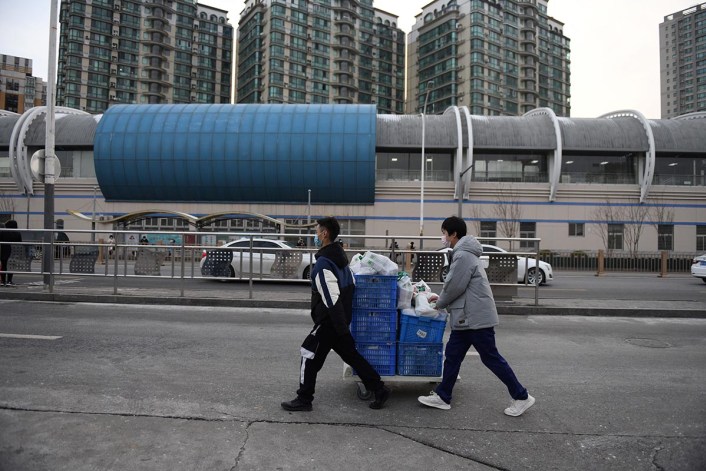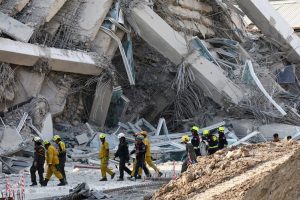China reported its lowest purchasing managers’ index (PMI) figures in 15 years as the coronavirus outbreak and the glacial pace of resumption after the Lunar New Year holiday thwarted economic activity.
The data has raised doubts around claims by Beijing about companies making a high rate of work resumption.
This has sent analysts scrambling to rework their quarterly GDP forecasts as the world’s second-largest economy reeled from travel restrictions, supply-chain disruptions and a lethargic resumption of business.
China’s Purchasing Managers’ Index in February plunged to 35.7 from 50 in January. This is the lowest reading since January 2005 when it was first released and even lower than November 2008’s figure of 38.8 during the Global Financial Crisis.
The market had expected a reading of around 46, according to a Reuters poll and this shocking data had analysts recalibrating their numbers.
“The sharp drop in China’s manufacturing PMI in February reinforces our view that the normalization in economic activity will be delayed, as reflected in high-frequency growth trackers,” ANZ economists Raymond Yeung and Zhaopeng Xing said in a note.
High-frequency tracking data points like the Baidu Migration Index, utilization rates of blast furnaces, coal consumption by major power plants, and property sales had all warned that overall economic activity has been abysmally low after the holiday break.
The ANZ economists said this implied the utilization of only a fifth of the country’s full economic capacity, much lower than the high numbers claimed by authorities.
“We see the economy contracting by 2% in Q1 on a sequential basis and revise down our forecast of Q1 GDP to +2% y/y (previously 3.2?4.0%),” they said.
Still, this is higher than the forecast by the former NDRC economist Zhang Anyuan who said China’s first-quarter GDP growth could dip to zero or even enter negative territory.
“If in January and March, the country managed to reach growth targets of 6% [each month], and the economy in February contracted by 12%, then for the three months combined, growth for the first quarter would be 0%,” Zhang, of CFC Financial, a brokerage run by state-owned CITIC Securities, said.
But others see light at the end of the tunnel. Nomura economist Ting Lu said good news was just around the corner.
“Even with a slow rate of business resumption, both manufacturing and non-manufacturing PMIs will likely rebound to above 50 or even 60 in March,” Ting said in a note after the PMI data was released on Saturday.
“We expect year-on-year growth in all activity data to be negative in January-February, as China’s economy has been severely constrained since 23 January, the lunar new year (LNY) holiday was extended by more than a week for most sectors and business resumptions have been disappointingly slow since the LNY holiday. As the lockdown in Hubei is set to be extended into mid-March, our ‘less good’ scenario will naturally become the new base scenario. Here, we expect Q1 growth of 2.0% y-o-y and -2.5% q-o-q.”
























